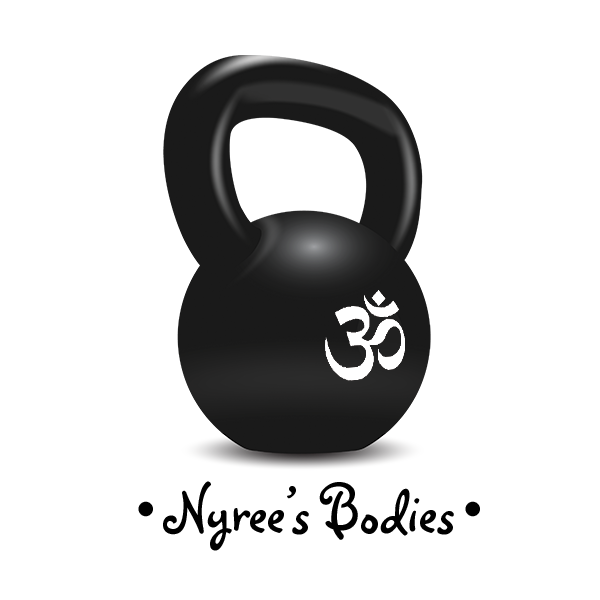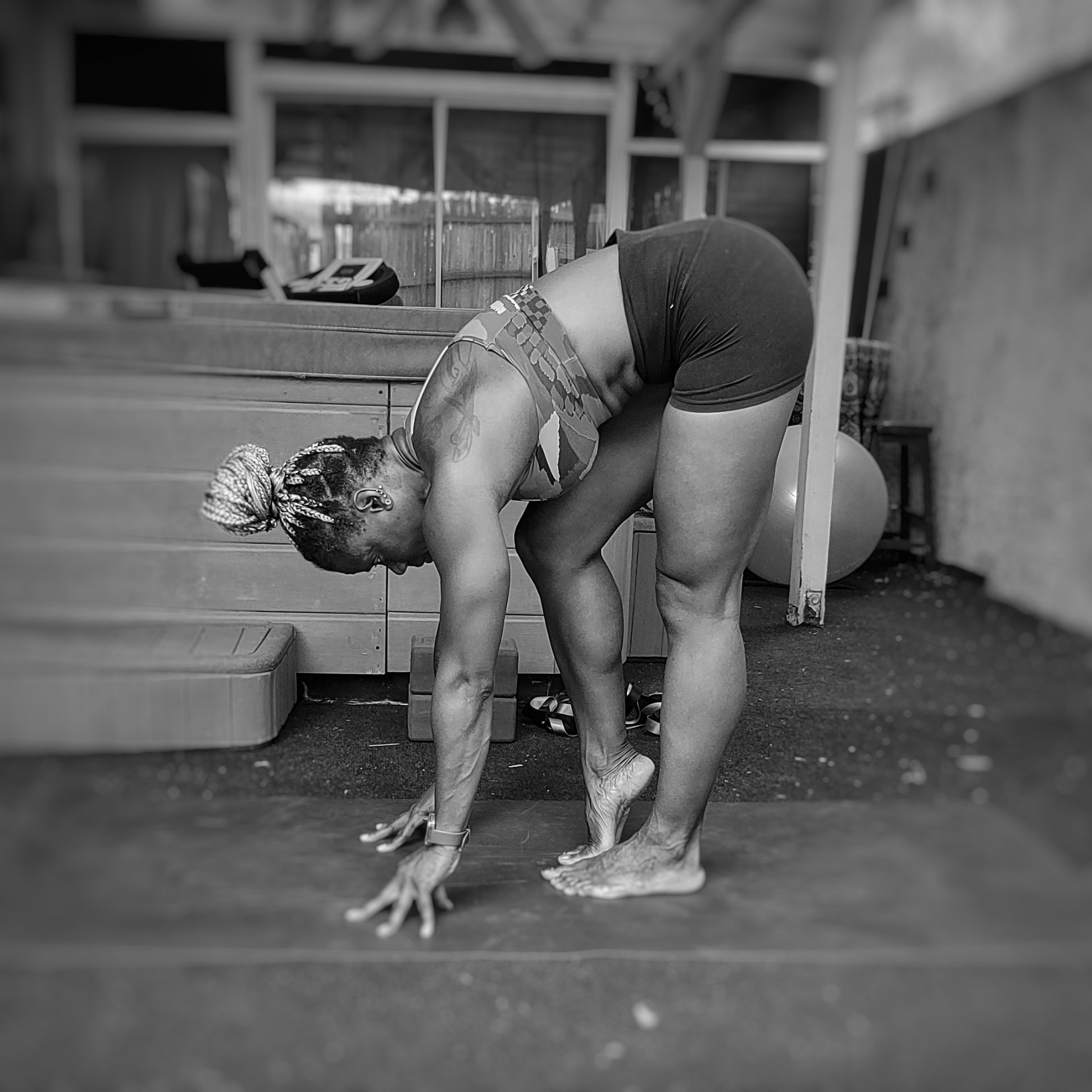Your Custom Text Here
Yoga for our feet: The preservation of foot mobility
Have you ever heard someone say “If your feet hurt, everything hurts.”? I know it can definitely feel that way. But somehow, we don’t often hear or read about maintaining foot mobility and flexibility until they begin to hurt regularly. After a day filled with unplanned walking and not wearing appropriate footwear or training in shoes that were too narrow, wide or didn’t offer the right amount of support, the day ends with some sort of limping home, kicking off those shoes and possibly a foot soak. Just like muscle soreness that occurs a day or two after an unusually intense workout, feet can experience the same sensation. And just like muscle and joint tightness that occurs in the body after that intense workout where we will perform mobility exercises to warm up before the next workout, the same should be said for training our feet. But how many of us actually perform mobility exercises specifically for the feet? I can bet very few do.
Anterior Foot Stretches
1. Sitting on heels with toes pointed. If this is too much on the knees, place a blanket or other cushioning between the knees and seat.
2. Lift knees from the floor, with hands on the floor for support or arms extended forward to add more core involvement. Hold for a few seconds, lower and repeat 3-4 times.
3. With hands on the floor, engage the core, press away from the floor and lift hips with weight resting on the tops of the feet. This is an advanced move. Hold for a few seconds, lower slowly and repeat 3-4 times.
Without being too anatomy heavy, the feet are a complicated interwoven structuring of bones, joints, ligaments, muscles, tendons and fascia designed to create what I like to call “active stability” at our foundation. The structure of our feet allow for movement in all directions, create cushioning for impact and stability for balance among other things. Humans are bipeds (ambulatory on two legs) and though having strong legs is helpful in locomotion, if the feet cannot create a stable base or move freely, any locomotion where the feet are involved will be impaired. Because of the complicated structure of the feet, creating and maintaining its mobility is possibly more of an intricate task. Here, I only address a few stretches that cover the anterior (top or front of foot) and the anterior (bottom or back of foot), in areas of the feet that feel particularly tight in the mornings when getting out of bed, when walking or running or hurt after wearing high heels or narrow foot wear.
Posterior Foot Stretches
1. With toes tucked under, sit on heels. This is an intense stretch for the underside/bottom of the foot. Sit upright with shoulders over the hips. Hold for a few seconds and breath, shift forward and repeat, holding for a longer duration each time. Repeat 3-4 times.
2. With toes tucked under, shift back and lift the knees. Hands can stay on the floor for support or arms up to engage the core to balance. The top of the thigh is parallel to the floor. Repeat 3-4 times holding for a longer duration each time.
3. Folding forward (hands on blocks if hands do not touch the floor), with one leg straight, bend the other knee and role up the the ball of the foot, placing weight on the ball, care full to not roll out to the toe side of the foot. Hold for a few seconds. Switch to the other foot. Repeat 3-4 times each foot, holding for a longer duration each time.
As our bodies age, starting at around middle age (45+ depending on how active you are), mobility begins to reduce making the addition of mobility exercises for all areas of our bodies necessary, not just the usual places such as hamstrings and lower back. Lack of mobility in our feet can change our gait (how we walk) and our stride length (less efficient ambulation). It can also lead to foot pain as well as other parts of the body due to the need to compensate for or adjust other areas from the reduced freedom of movement in the feet. As our literal foundation, performing yoga for our feet is a way to ad longevity and preserve our ability to maintain physically activity and ensure a healthy quality of life .
Yoga for Better Athletic Performance
Part 1: Shoulder and Chest Opening shoulder flexion
I have a tendency to over explain. When asked a question about something I’m passionate about, I will offer every minutia of information about that subject I have, sometimes making it even more complicated. Knowing I won’t be solely addressing fitness professionals, I promise to simplify as much as possible. I’m not here to reinvent the wheel. Yoga had been practiced for hundreds of years. I chose easily accessible yoga postures that target specific areas heavy lifters over use and regularly injure in the hopes these individuals will implement into their workout routine. Always feel free to reach out for more clarity.
Shoulder extension
Structure of the shoulder joint (humerous and scapula) and shoulder girdle (shoulder joint and clavicle) is designed for movement of the arm through three planes; sagittal (flexion /extension), frontal (abduction / adduction), transverse (horizontal abduction & adduction and rotation). Increasing joint mobility, stretching has to take place through all joint angles. This section discusses yoga postures while the arm is in flexion; lifting the arms forward and up, i.e. front dumbbell raises. When discussing upper body mobility, the shoulder girdle is referenced, the bones of the shoulder joint with the scapula, as well as the upper spinal column (cervical and thoracic).
It is important to note that increasing flexibility and mobility is not a one size fits all deal. Lack of either can be attributed to anatomical structure along with other physiological explanations. Every body is different. Take the time to explore your movement and practice consistently. Oh yeah and breath.
SAGITTAL PLANE - Shoulder Flexion, Spinal (Thoracic) Extension:
Stretching anterior lower region of shoulder joint & girdle - posterior deltoid, latissimus dorsi, deep shoulder muscles, intercostal muscles
Downward Facing Dog - Adho Mukha Svanasana
Ardha Pincha Myurasana - Dolphin Pose
Extended puppy
Downward Facing Dog - Start in high plank. Shift hips back and up, driving heels toward floor. Knees can be soft to increase hip range of motion. Focus on navel or feet. Try to press chest through arms toward floor.
Dolphin - Start in downward facing dog. Drop down to forearms. Shift hips up and back while dropping chest trough arms toward the floor.
Extended puppy pose - Start in child's pose. Lift hips while walking hands and arms forward. Try to keep hands, arms, chin chest on floor with hips elevated. Shoulder and chest thoracic opening
Elbows on blocks
Elbows on blocks
Elbows on blocks in child's pose - Start in child's pose. Place blocks under shoulders at appropriate height (3 levels) for you. Place elbows on blocks with head in between. Lower upper body through blocks toward floor. Hold and breath. With palms together, flex and extend arms at the elbow for reps.
Wall Puppy dog
Wall puppy dog - Standing alternative to downward facing dog, or puppy. Place hands on wall wider than shoulder distance. Lower upper body through arms keeping the chest lifted.










